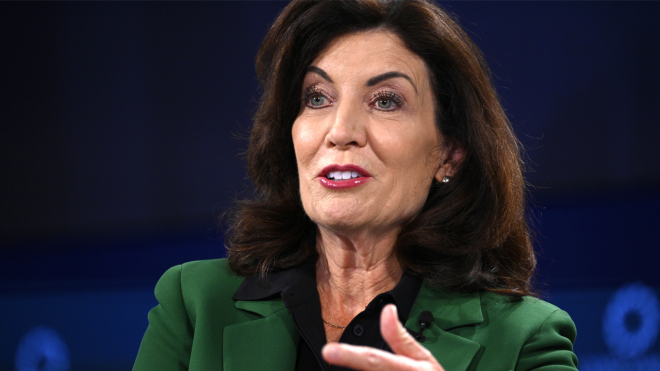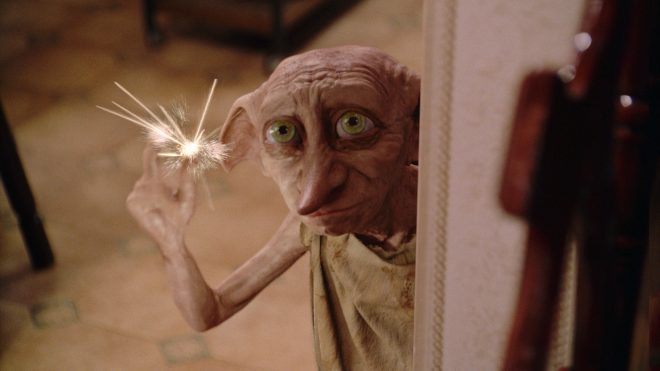Morning Brew is read by more than 3 million people; you should too! This as-told-to essay was inspired by a discussion I had with Meredith Staggers . It has been condensed and trimmed for length.
I began experiencing migraines while carrying Dottie, my third daughter. They were in excruciating agony, and it looked to be centered behind my left eye. They weren’t crippling, though. I could continue to take care of my other girls, ages 2 and 5. Since I had experienced headaches during my middle pregnancy, I assumed that this was simply how my body responded to hormones.
The migraines abruptly ceased at 28 weeks. I regret having to spend time in bed because I had too much amniotic fluid. I was induced once it was okay for Dottie to be delivered. She was substantially lighter than my other girls—less than 6 pounds. However, she passed all of the tests, and I was relieved to learn that both mother and child were in good health.
Then, my husband developed COVID when Dottie was only 3 weeks old. I took Dottie to urgent care because I was concerned she might also have it. She had pneumonia and RSV , but her test results were negative. We visited the intensive care section. Her lung collapsed after she was intubated. We spent 12 days in isolation in the hospital after being exposed to COVID. We worried that Dottie might not survive a number of occasions.
I believed that my stress level was affecting me. A few weeks later, I was driving when I experienced what can only be called a mental collapse. I suffered postpartum depression and anxiety with my first child, and now that Dottie was in the hospital, I could feel it starting. I experienced panic attacks and frequently heard phantom sounds from hospital equipment that had previously informed me that my kid was alive. In addition, my migraines returned.
That day while I was driving, I felt a tingle in my lip. My hands and feet soon lost feeling. I made a U-turn because I realized something was seriously wrong. After hanging up with my mother, I tried to call my spouse but was unable to control my hands. He later informed me that it appeared as though I was speaking gibberish when I spoke to him.
My spouse located me and drove me to the emergency room. Even the most straightforward instructions eluded me. Blood work, a chest X-ray, and a CT scan were performed at the hospital. They believed I was having a stroke, but all the tests were negative. I made an effort to persuade myself that it was merely a panic attack.
MY Symptoms kept getting worse. My symptoms persisted anyway. I pondered the possibility that the dosage of my anxiety medicine was off. Weeks passed before I could visit a psychologist, so I went to see my OB-GYN instead, who had given me the prescription.
Once I arrived at the appointment, the symptoms returned. My hands were numb, and I could barely see more than a foot in front of me. I was unable to stop Dottie’s tears because there was nothing I could do.
My panic attack, according to the medical staff at the office. They claimed that after all I had been through, I was now only getting myself worked up. My husband was there to meet me, but he didn’t think these were signs of postpartum anxiety.
The following few days were awful. I couldn’t sleep and had to puke. Until the next headache, which was somehow worse, each headache was the worst I had ever experienced.
The doctor requested an MRI at the telemedicine appointment that my husband scheduled. My phone rang as we were returning from the appointment.
“We don’t want you to panic, but we do need you to get ready and head to the hospital, the service provider added. Your aneurysm is present.”
I couldn’t understand what they were saying because I had surgery the following day. Everyone had been telling me I was OK for weeks. I now had concrete proof that I was not okay.
Testing at the hospital identified a sizable aneurysm directly below my left eye, where my discomfort had been most intense. It has been leaking, according to my doctor Joseph Cochran ; this certainly explains my symptoms. I had surgery the following day to get it removed. Since beginning to feel better, I haven’t experienced any migraine symptoms.
I discovered that my granddad had two aneurysms after my procedure. The main risk factors are heredity, smoking, and high blood pressure; according to Dr. Cochran, my genes are probably to blame.
The postpartum time is so daunting for a new mother. Both I and several of my doctors were prepared to ignore my symptoms. Fortunately, my spouse stood up for me. I hope my experience may inspire others to seek medical attention if they suspect something is amiss. I now know that it is always better to be safe than sorry.












